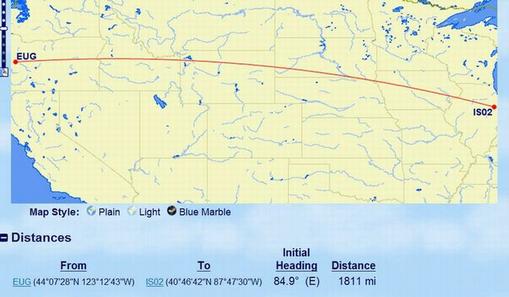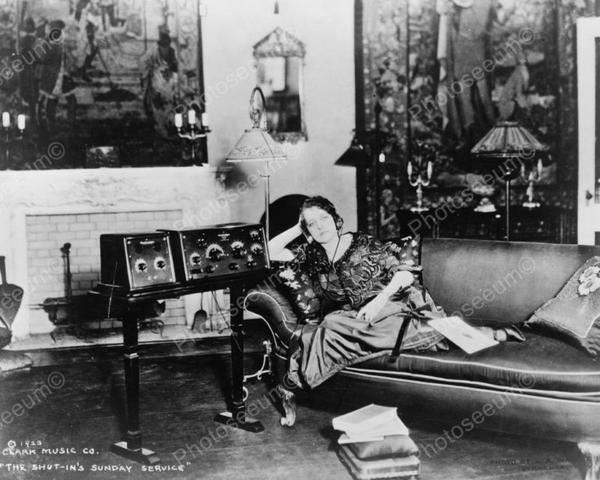BETTER LISTENING THROUGH LOWER RF GAIN!

I guess I shouldn’t be surprised. I’ve read about turning down the RF gain when two or more signals are coming in at nearly the same frequency. It basically serves to mimic an improvement in selectivity. However, since entering the ham world during the lowest solar cycle slump of the last 100 years, most often finding even one signal to listen to has been the greater challenge. I should be so lucky as to find two signals competing for my attention. So it wasn’t that situation that led me to discover that turning down the r-f gain can
sometimes improve the intelligibility of the voices I was listening to, even when no other signal was crowding in.
Recently, I have been hearing more hams on the air than I did in 2009. I attribute some of that to getting my ICOM 730 tuned up, but most of all I think it is due to there being more
days with good conditions for radio-wave propagation. It has been very noticeable that only once in a while there is a day when I am picking up signals all across the 20m band for several hours in the middle of the day and sometimes right into the evening. But I’ve also noticed that I seem to having a lot more days when there is seriously higher noise level, sometimes across the entire 20m band. The higher noise days don’t seem to follow any pattern relative to the good receptions days. Sometimes they cross paths and sometimes they don’t. Some of the noise may be due to local sources because I have noticed that sometimes it suddenly as if is being turned on with a switch around the dinner hour. And sometimes it has turned on that way around 8 or 9 in the morning. But other times I’ve heard the hams on the air saying the noise level was high for them too, so I think some of the time it’s atmospheric, rather than local sources.
I don’t recall how it happened, but one day recently I suppose the noise level was high and I was listening to a pretty strong signal and I just wanted to knock down that background noise. The noise blanker did nothing, so I slowly turned down the r-f gain and VOILA!
There was a point at which the noise was almost gone while the voice was still loud enough to hear.
Since that day, I’ve done this numerous times. It often improves the clarity of the voice I’m listening to. Since my hearing is not especially good anyway and I don’t usually wear my hearing aids inside the house, anything that clarifies the audio is very helpful for me. Turning down the r-f gain does reduce how well I can hear the 2nd party of the conversation, but quite often I
cannot hear them well enough even at full r-f gain, so it’s not really any loss to shut out what little bit of a scratchy 2nd voice I’m getting.
Little discoveries like this are one of the extra things that make this hobby fun.
I remember the first time I had a radio with a BFO on it way back many years ago. It was probably that Lafayette KT-320 radio that I still have. I discovered I could use that BFO dial to almost make SSB sound like human voices. I’d never had any radio that could render sideband into clear voices. I didn’t know that was one of the things the BFO was for, I was just having a good time playing with the various dials, trying to improve reception and selectivity. That was another one of those enjoyable and almost accidental discoveries.


What do YOU think?